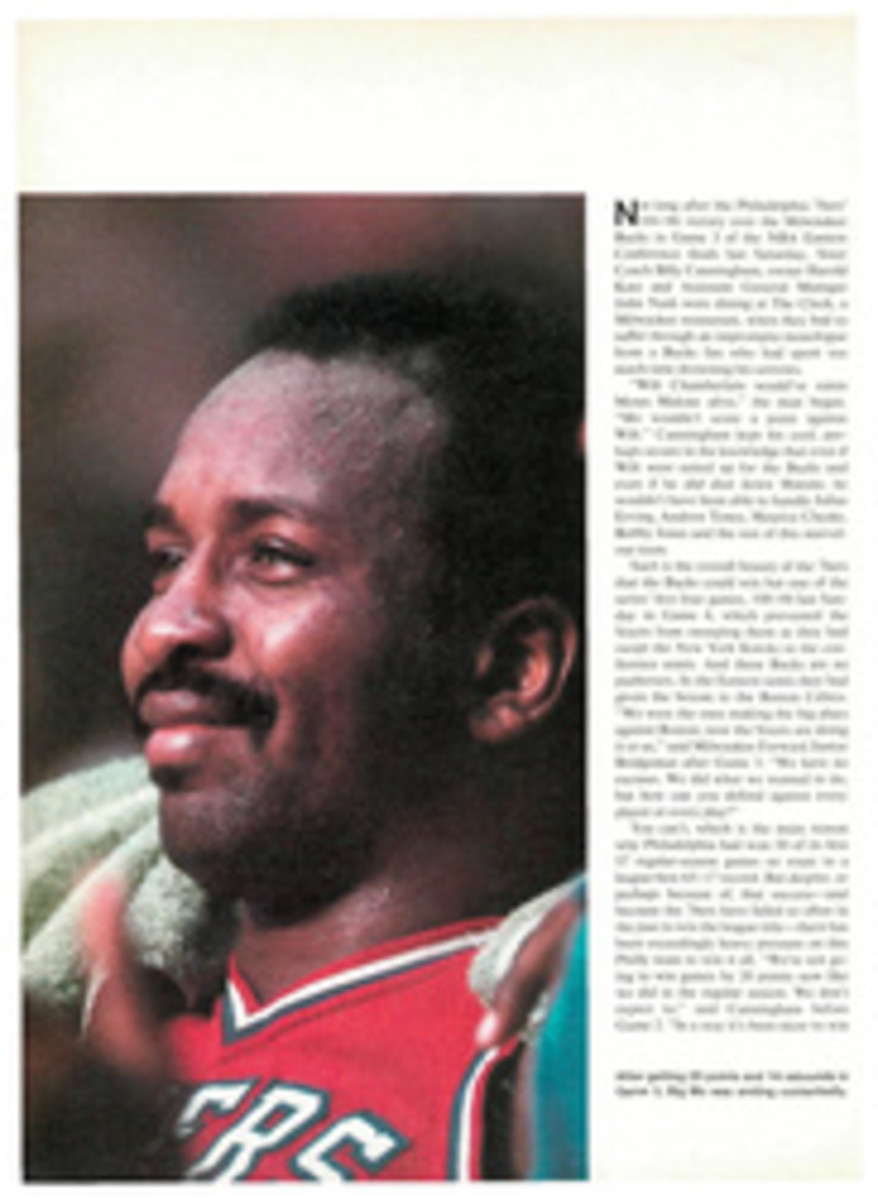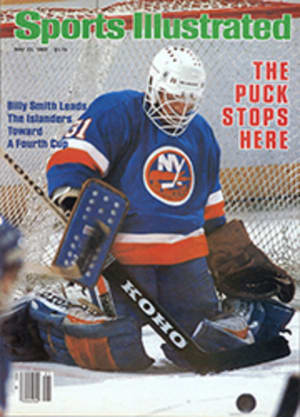
STICKBALL IS THE NAME OF THE GAME THAT STICKS BY YOU OVER THE YEARS
Baseball is a dumb game. That's right, dumb, as in d-u-m-b. Understand—quickly, before the ghost of Alexander Cartwright seeks vengeance with a fungo bat—I speak not from the viewpoint of the fan or the player but the aspiring player. And truth be told, that's what many of the aging devotees who crowd the grandstands and bleachers really are: closet Carltons and crypto-Kingmans who would waive the rights to their firstborn for the chance to toe the mound or tie into a high hard one.
But, alas, they can't, for the same system that nurtures youthful dreams of diamond glory soon conspires to prevent their realization. From Little League on, there's a continuous winnowing of the ranks, until by age 20 or so most hopefuls have taken their last licks. Oh, there may be the odd sandlot game now and again and perhaps a turn on the softball field to keep the dreams alive for another season or three, but after age 40 about the only active survivors of the great American pastime are the Pete Roses and Gaylord Perrys of lore and legend.
The trouble with organized baseball is that it's so organized, such a big production number that its manifold charms tend to be lavished on only the most skilled performers. For every rookie who makes it to the big leagues each spring, thousands of other hopefuls stow their Louisville Sluggers in the attic and settle back to ponder, perchance to dream, of a game that anyone can play anytime and anywhere, right into senility.
Well, dream no more. There's such a wondrous all-purpose pastime, and it's called stickball. Dumb it ain't, nor street smart either, for despite all claims to the contrary, stickball isn't necessarily endemic to urban centers. In fact, what's called stickball in New York, a game in which a Spaldeen, a kind of naked tennis ball, is delivered to the batter on one bounce, has been all but run off the streets by the growing flow of traffic.
What still flourishes in playgrounds and school yards throughout the city and is distinguished by its telltale mark—a strike zone chalked on a wall behind the batter—is the version of the game New Yorkers call pitching in. In this one the ball is not bounced, and this is what is commonly known as stickball in the rest of the country.
Though the name pitching in seems to be unique to New York, the game's appeal is universal. Indeed, like love in the spring, the sport blooms eternal wherever two or more kids gather with a stick and a ball. A stickball league that operated at the Harvard Law School, for example, claimed players who learned the game in such disparate climes as Yakima, Peoria and Tallahassee. When I was growing up in Cincinnati, the game we played on a cement tennis court, between practice sessions of a high school tennis team led by Tony Trabert, was known as funny ball.
Whatever its regional appellation, stickball transcends all language barriers. While in the army, I joined some of the locals in Kamakura, Japan for stickball games played against the rear wall of a Buddhist temple, no sacrilege intended because in those precincts baseboru is a religion unto itself.
In contrast to the strict dimensions of the baseball diamond, stickball is adaptable to all kinds of confined and asymmetrical spaces. Once, to demonstrate that point while making a film about the joys of the game for cable TV, the television crew and I staged a game atop a Manhattan skyscraper. In doing so, I laid claim to the longest home run ever recorded, a stroke that cleared a large air-conditioning unit, sailed over the building's edge and dropped 47 floors into the commotion of West 51st Street below.
All told, I've played stickball off and on for the better part of 30 years. For the past seven years, as a member of the Ur-bans—a team comprising myself, Big John, a TV sportscaster who doubles as a switch-hitting slugger, and Shorty, the editor of a humor magazine who's cut in the mold of Pee Wee Reese—we've been playing most Saturdays in a suburban school yard that is a 30-minute drive from New York City. Our opponents, the resident Bucolics, consist of Philly Joe, a social worker with a mean curveball; Stefano, a book critic whose stickball newsletters are small masterpieces of biased hyperbole; Boom Boom, a trial lawyer who says he derives "more satisfaction from hitting a gamer than any case I've won in court"; and the Commissioner, an English teacher who laces his on-field patter with quotes from Moby Dick.
By reducing baseball to its purest essence, or what Ted Williams calls "that little game between the pitcher and hitter," our stickball sessions have imparted the kind of enjoyment that demands to be shared. To that end, here are the basics of the game:
First, no rule is so sacred that it can't be altered to accommodate the preferences of the players or the layout of the field. The bats, for example, can be of any length, weight or material, although experience has proved that broomsticks, spade handles and the like are the most efficient. The recommended ball is a heavy-duty Penn tennis ball because, as Big John says, it produces the "most soul-satisfying response when struck squarely, the kind of ripe, sweet feeling you get when you drill a perfect three-iron shot onto the green."
The simple expedient of eliminating base-running saves time and prevents injuries. Strategically placed fielders add a tactical dimension to the game, as does a variation in which, when the imaginary base runners are in a potential force-out position, a ball caught with one hand counts as a double play.
Pitchers call balls and strikes, but the accuracy of their rulings can be verified by using a slightly damp ball that will—splat!—leave an irrefutable mark on the wall. Any fair ball that hits the ground in front of the mound is an out; any that pass below the eye level of the pitcher and aren't caught are singles; and any hit over his head and not caught are doubles. Triples and homers are determined by the layout of the field, a fence or barrier of some sort being the most desirable target for the long-ball hitters.
And that's it. Hazards go with the territory. Once, for example, while attempting to retrieve a ball from a flower bed without stepping on the buds, I glimpsed the lady of the house eyeing me from behind a screen door. As I tiptoed off, she hissed, "Grow up!"
True, there's something childish about men in their late 40s chasing their youth in a suburban school yard, but marvelously so. What's the fascination? For one thing, with double-and triple-headers that begin in midmorning and often extend into the late afternoon, there's the opportunity to go to bat 50 or more times, another boyhood fantasy come true. As for involvement, ask Philly Joe; invariably, when he's pitching in a tight situation, he begins to shake off signals. Where others see only a wall, he admits, "I see Yogi Berra waggling his fingers."
Visions aren't a guaranteed part of the stickball experience. But fun? Take my word for it, in many ways it's more rewarding than that other, dumb game. Try it, you'll like it. Pete Rose and Gaylord Perry never had it so good.

